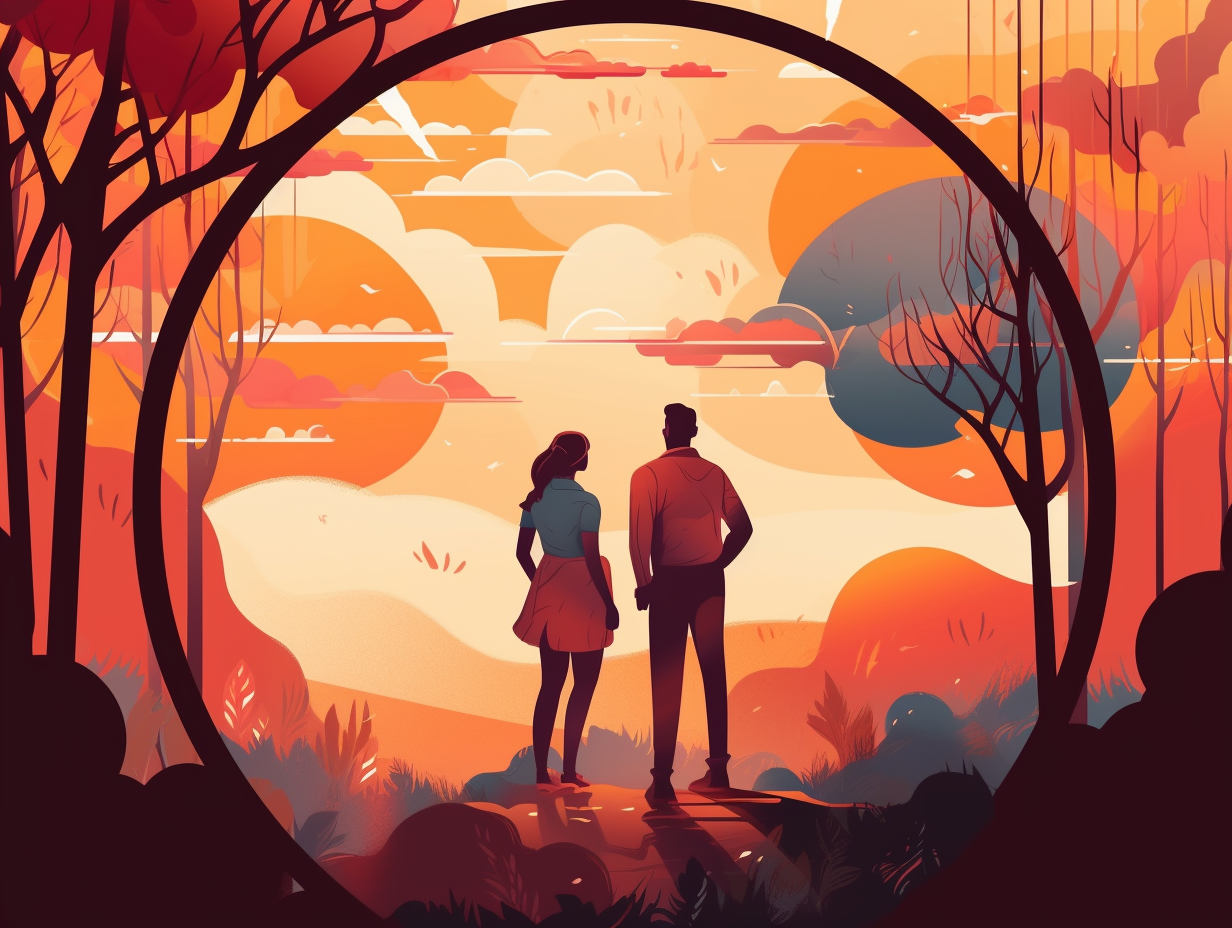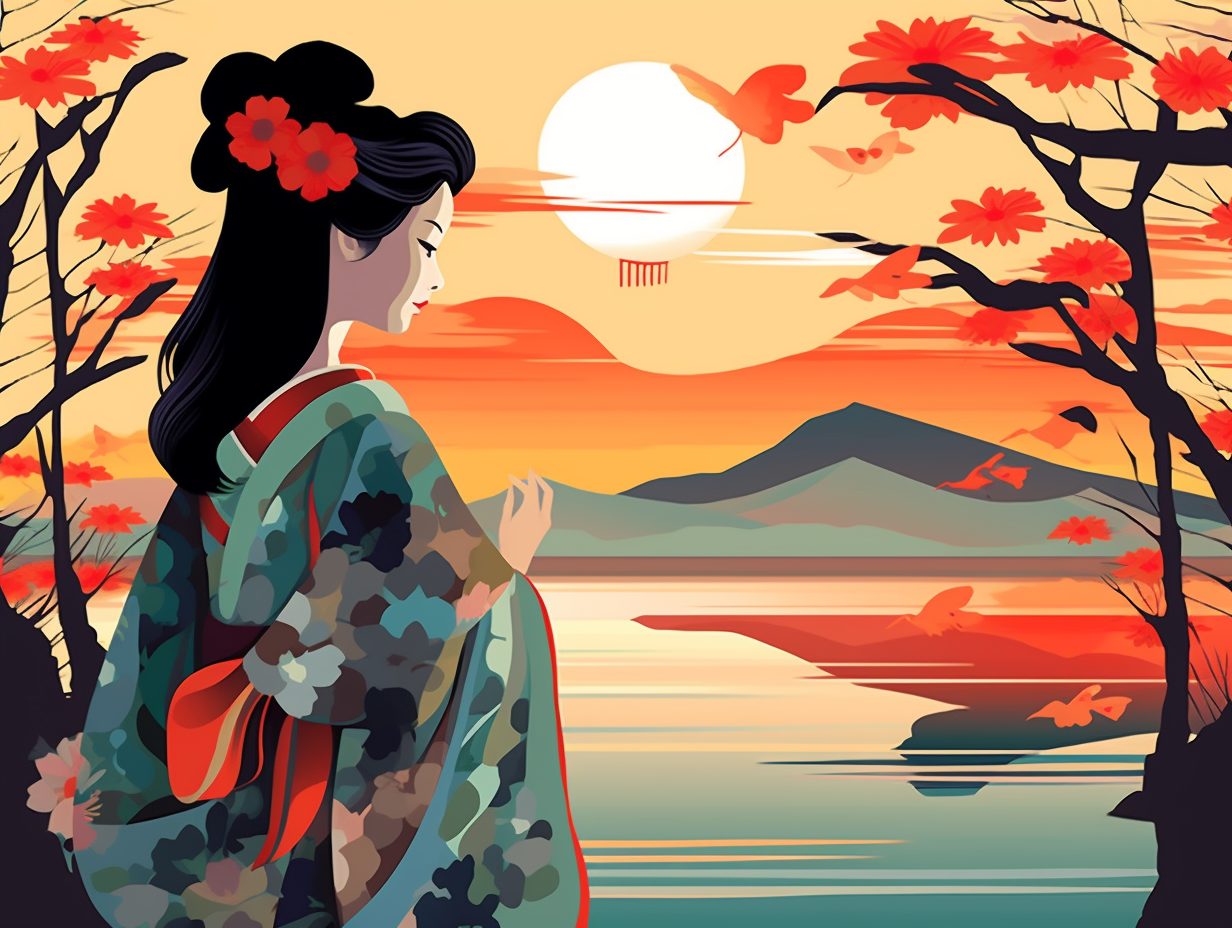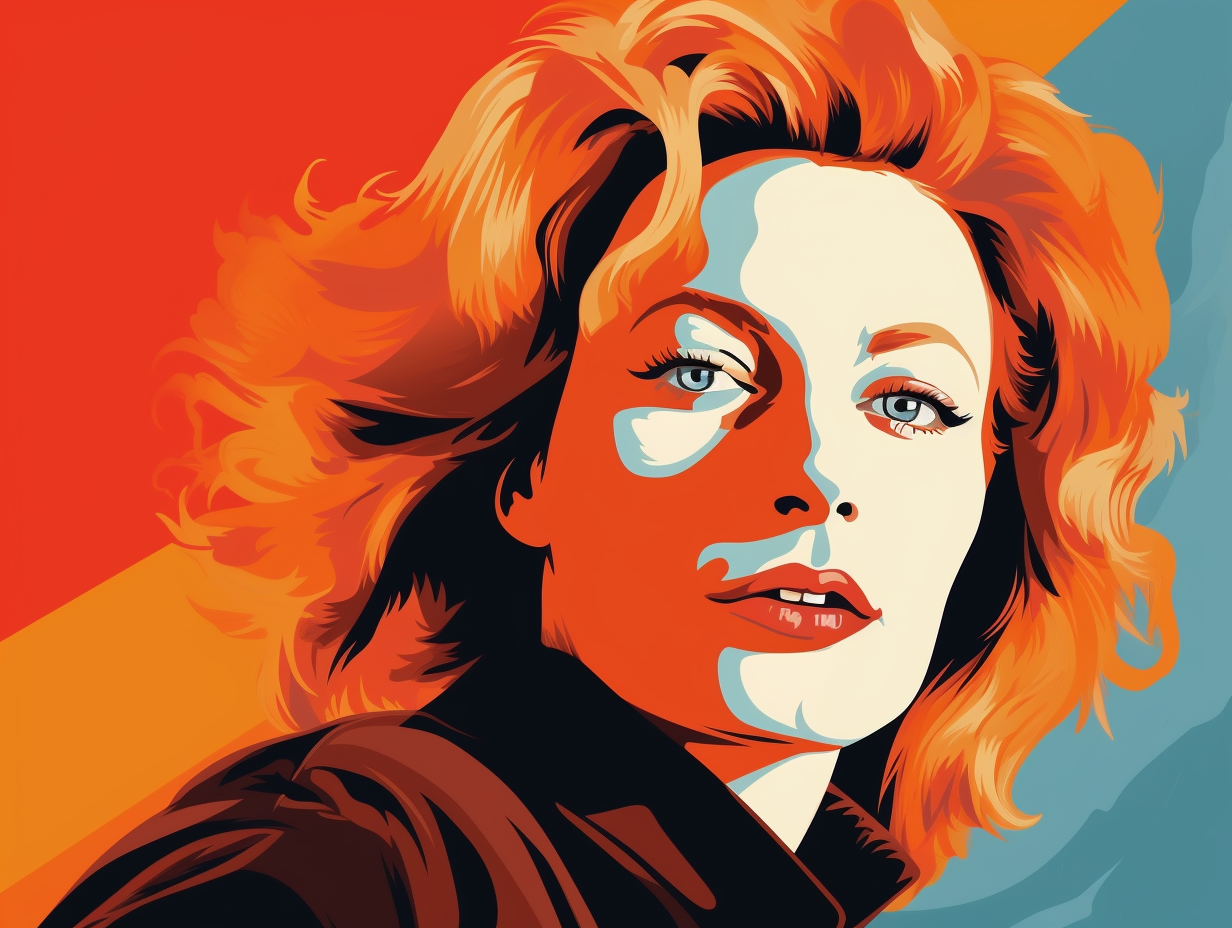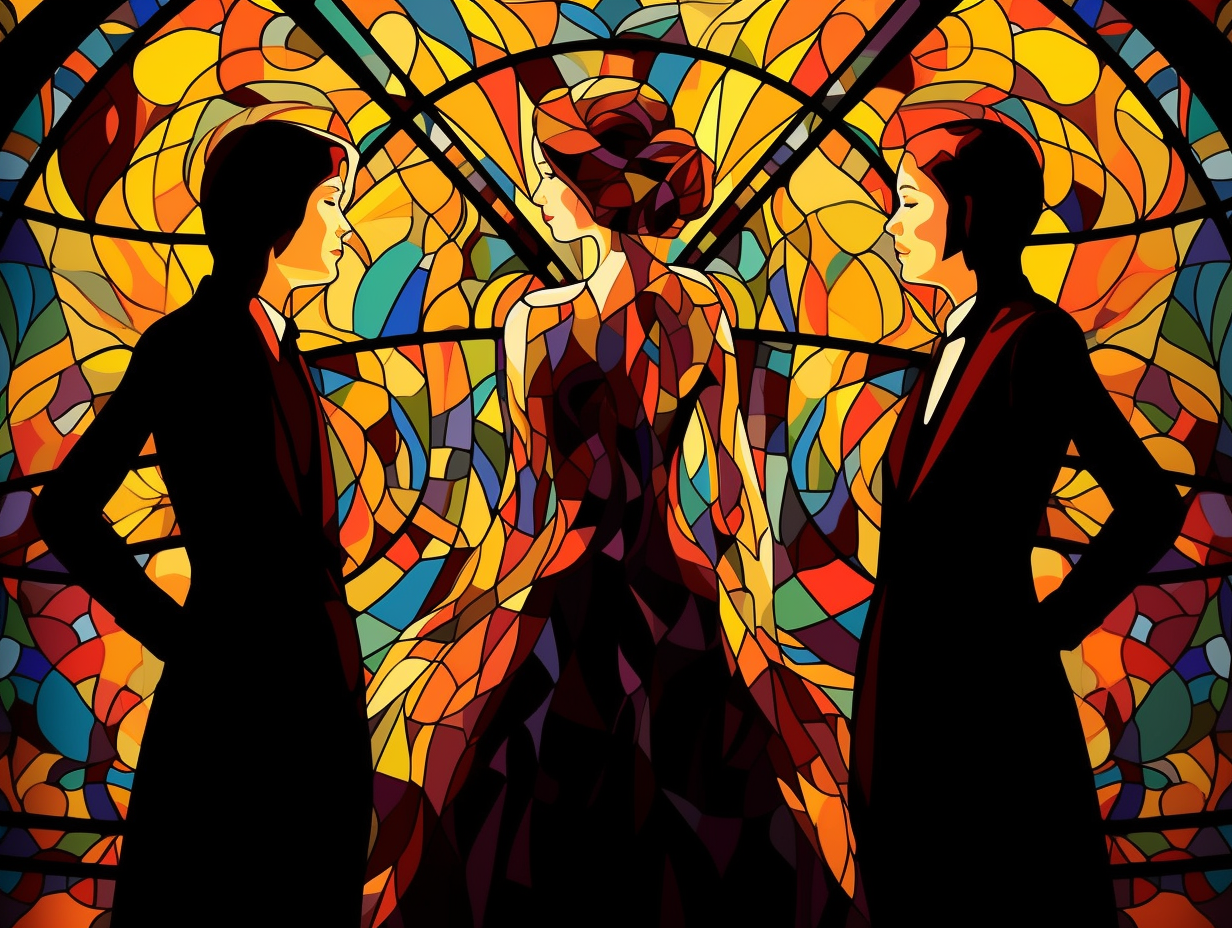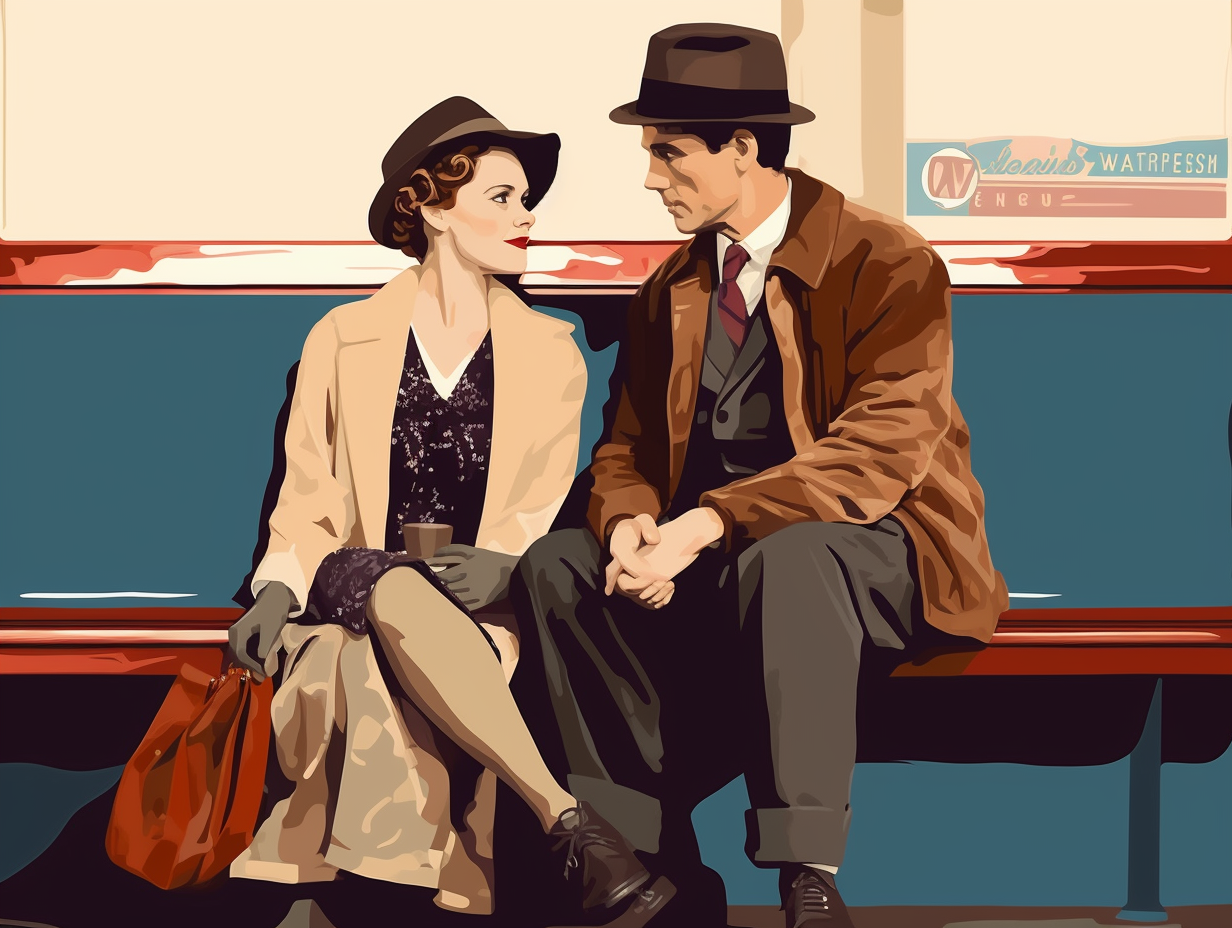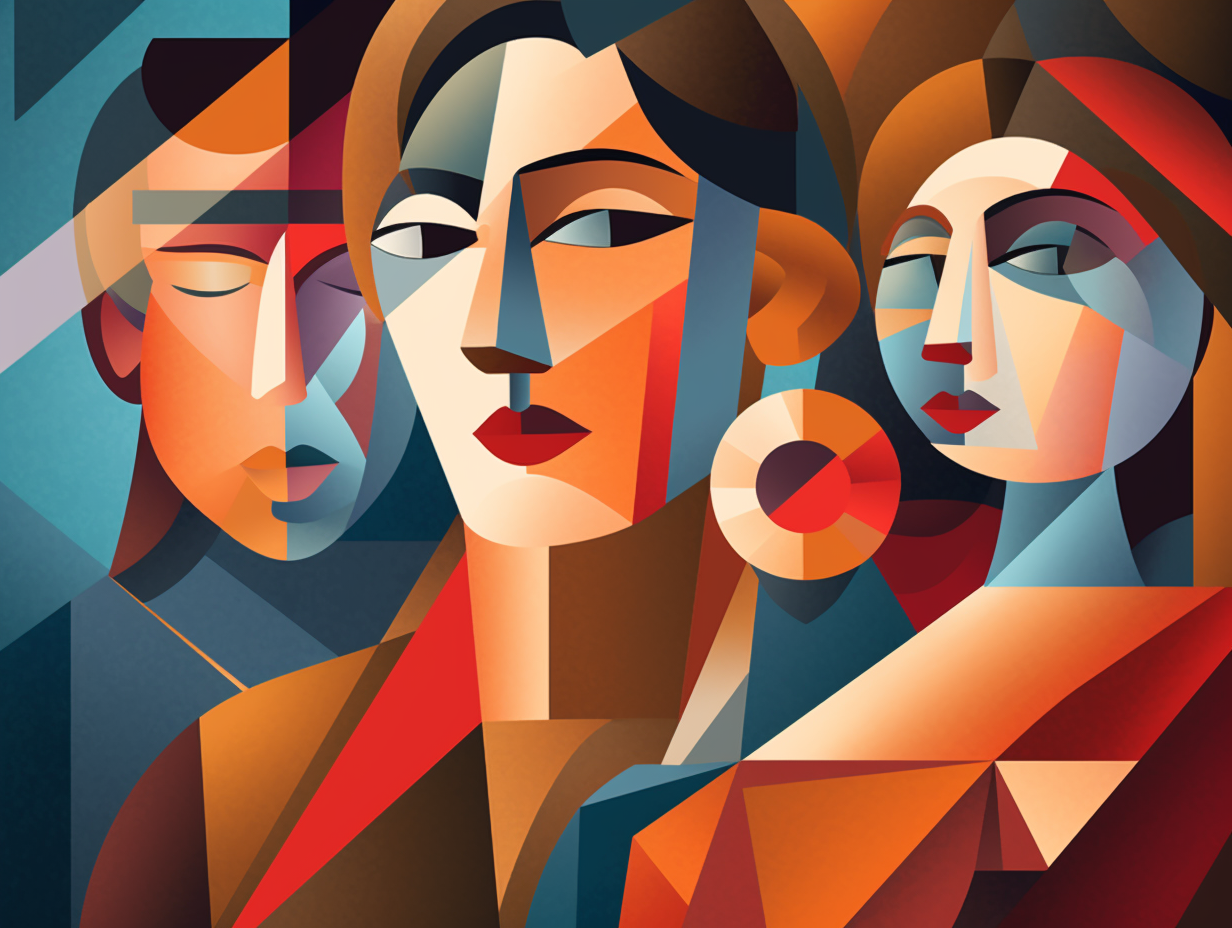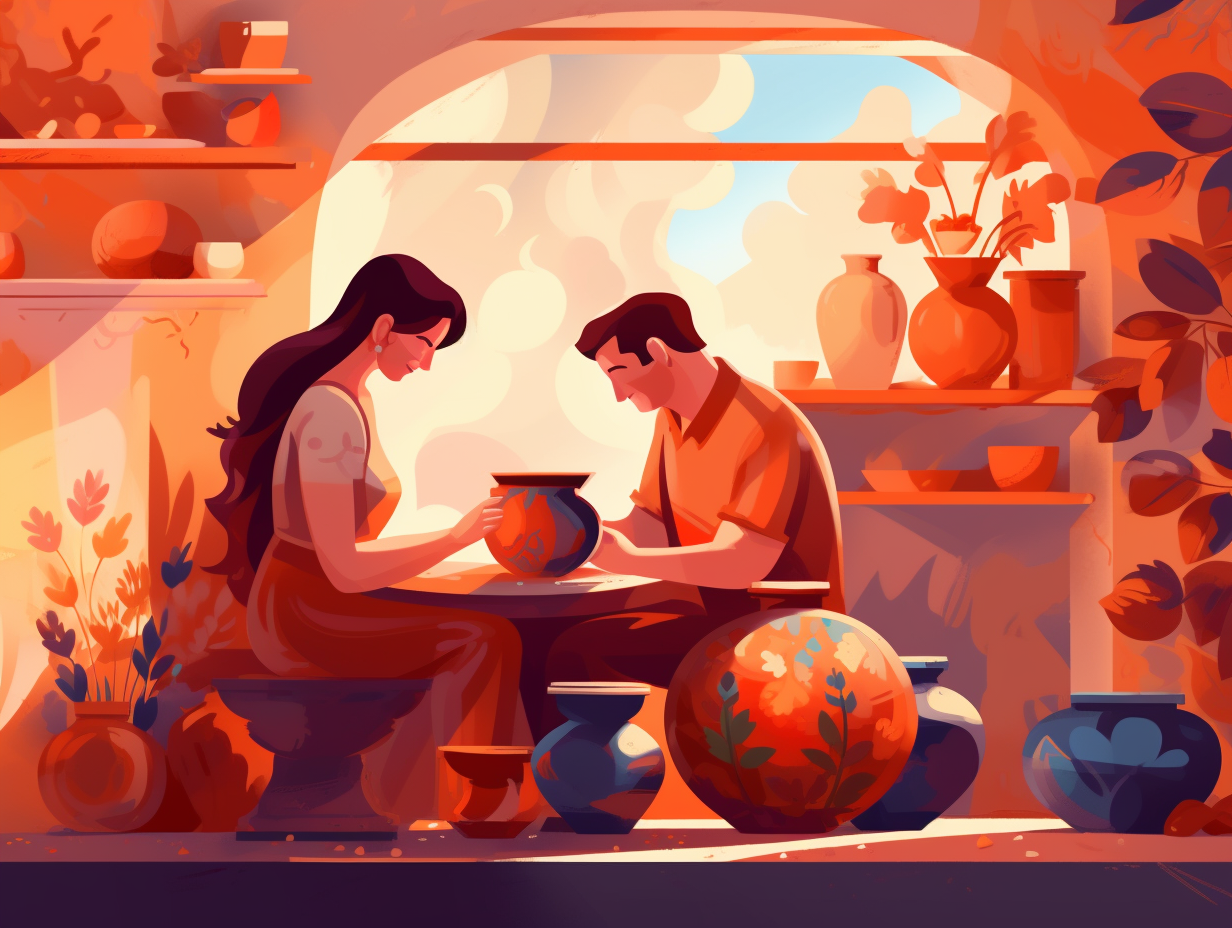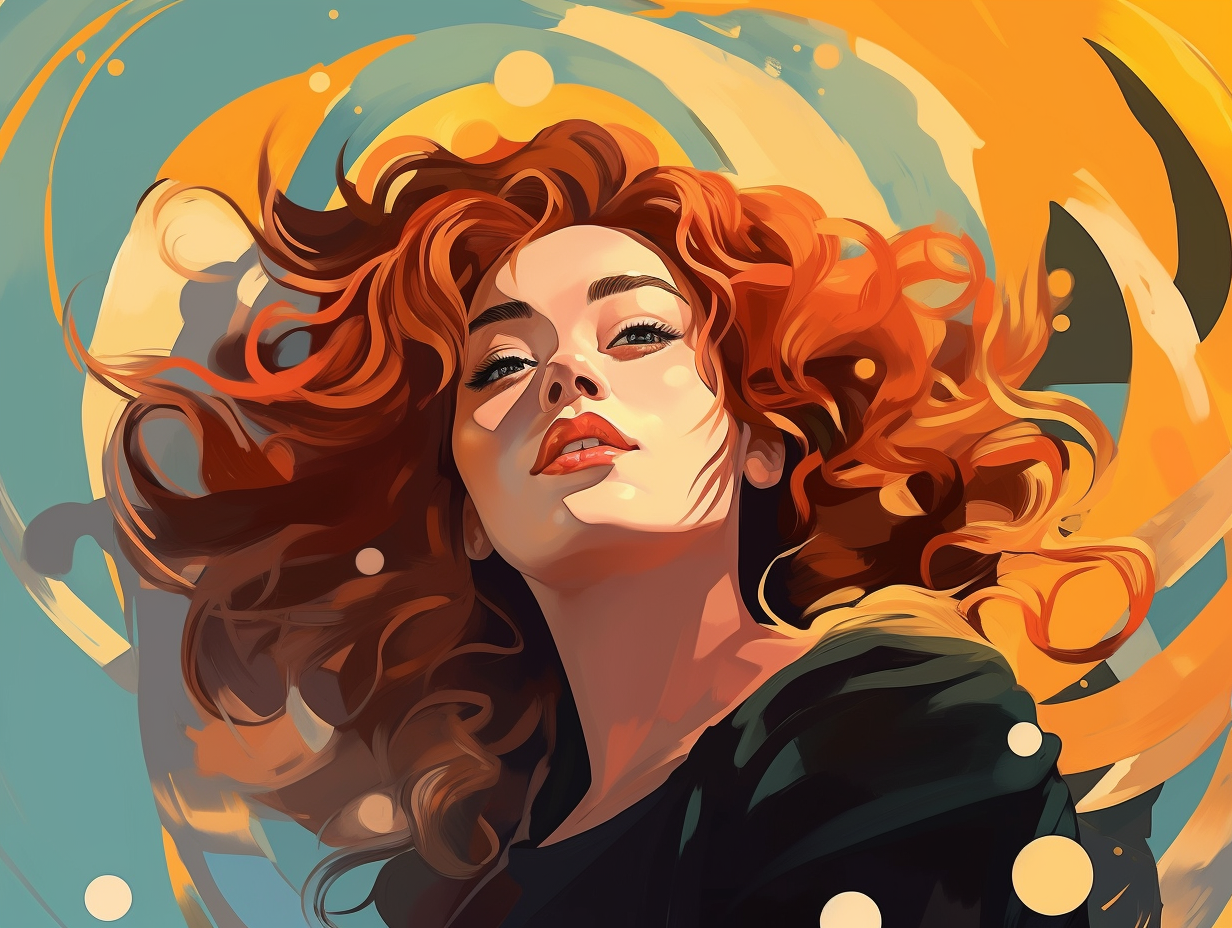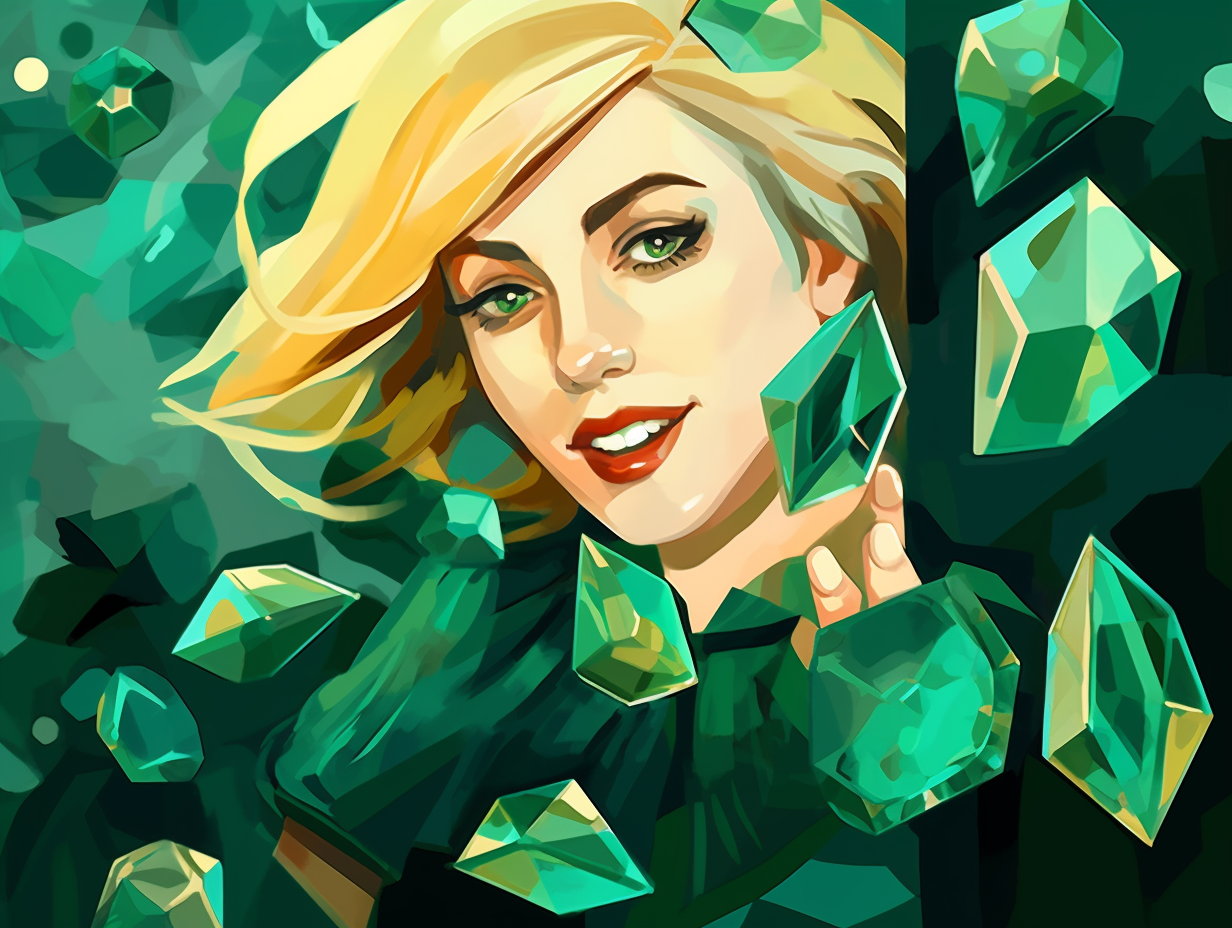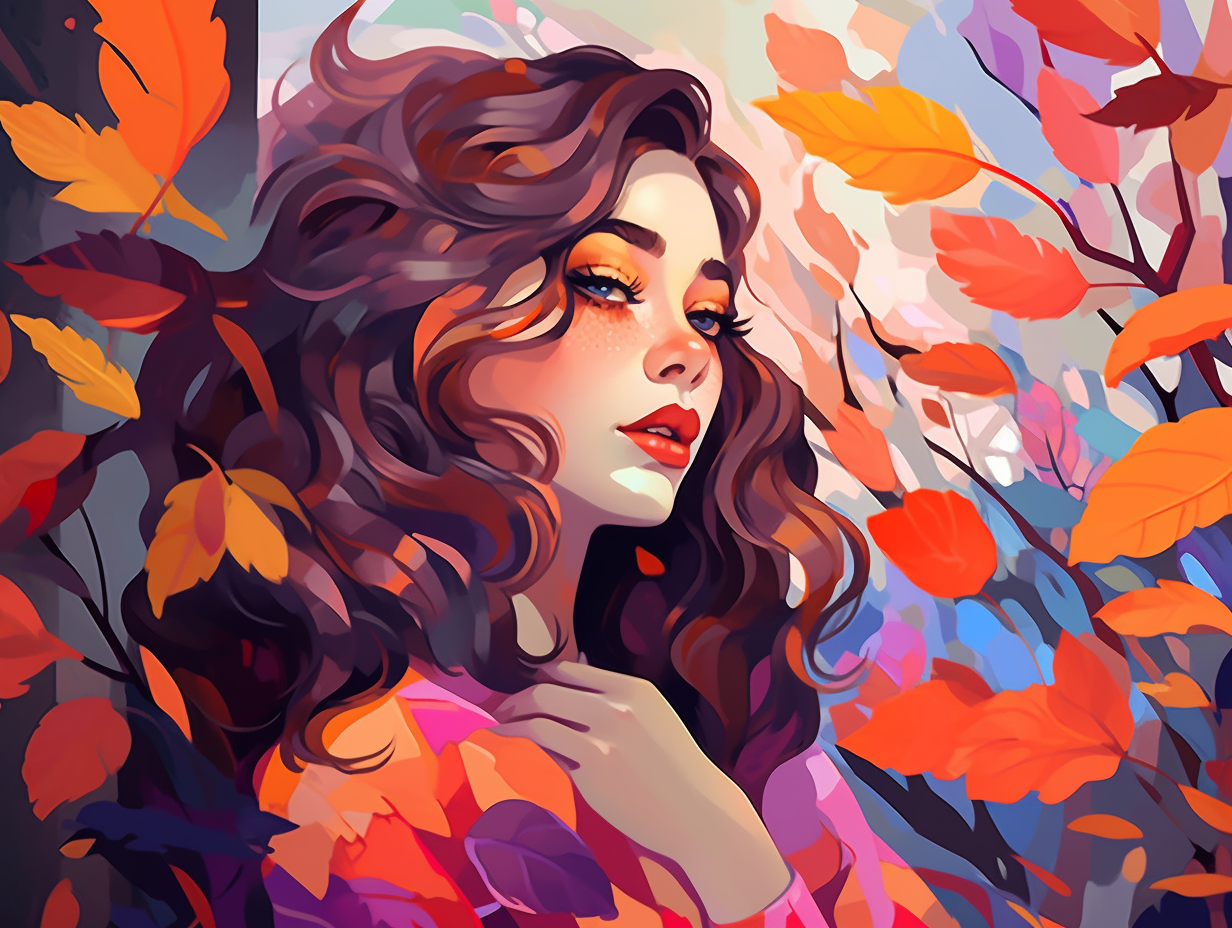Discover the World of Digital Art: Top 11 Amazing Fun Facts You Won't Believe!
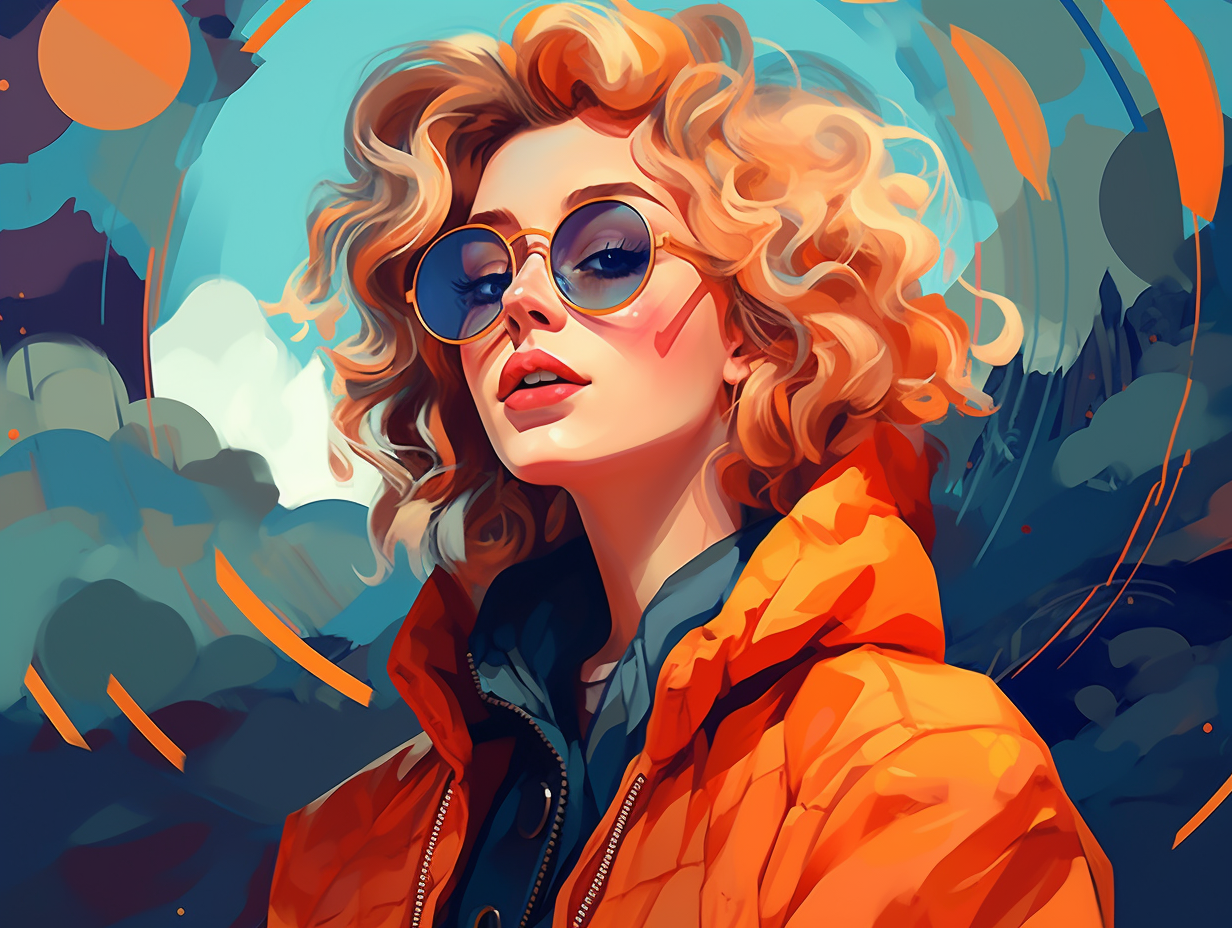
1. Beeple Breaks Bank with NFT Artwork
If Picasso had painted with pixels instead of oils, he might have had some stiff competition from a fellow named Beeple: In the digital art realm, non-fungible tokens (NFTs) have shifted the artistic landscape with Mike Winkelman, aka Beeple, earning a whopping $68.3 million for his NFT "Everydays: The First 5,000 Days", ranking it as the third most valuable artwork in existence and proving that NFTs have carved out their niche in the art world as verifiable, unique, and unbreakable collectibles.
Source => owdt.com
2. AARON, the Artistic Computer Program
If AARON could talk, it would say "I am Groot", but instead, it paints: AARON, a series of computer programs created by artist Harold Cohen, can produce an endless variety of distinct images while sticking to its own unique style. Exhibited in galleries globally and used as an artistic Turing test of sorts, AARON's artwork often includes figures standing by potted plants within a colored square. While it's easy to be flabbergasted by its skills, Cohen avoids labeling AARON as creative, instead sparking a debate on the nature of its existence and how it contrasts with the "real thing."
Source => en.wikipedia.org

Discover the intriguing origins of Ubisoft as a secret, family-operated mail-order business in France and how it evolved into the video game empire it is today - all thanks to the crafty Guillemot family! 🎮🇫🇷✨
=> Fun Facts about Video-Game-Designers
3. Unlimited Imagination of Digital Art
Do digital artists dream of electric sheep? Perhaps, as they paint away in the void of virtual impossibilities: Unlike the expected realism of digital photographs, digital art transcends the constraints of our physical world, birthing extraordinary creations only limited by the artist's own imagination.
Source => compellingimaging.com
4. Collaboration of Humans & Computers: Generative Art
Step aside, Picasso: Motherboard's got this! In the fascinating world of digital art, where creativity flows in binary codes and algorithms, we often stumble upon a beautifully chaotic mess known as generative art. Unshackled from the constraints of traditional artistry, these masterpieces are birthed by combining the dexterous fingers of human artists with the computational prowess of their computer companions: Whether we call it an almighty collaboration or a pixel-perfect partnership, generative art truly shines as a testament to artistic evolution, relying on clever code manipulation to conjure unique and ever-changing visual creations.
Source => thegenerativemindai.com
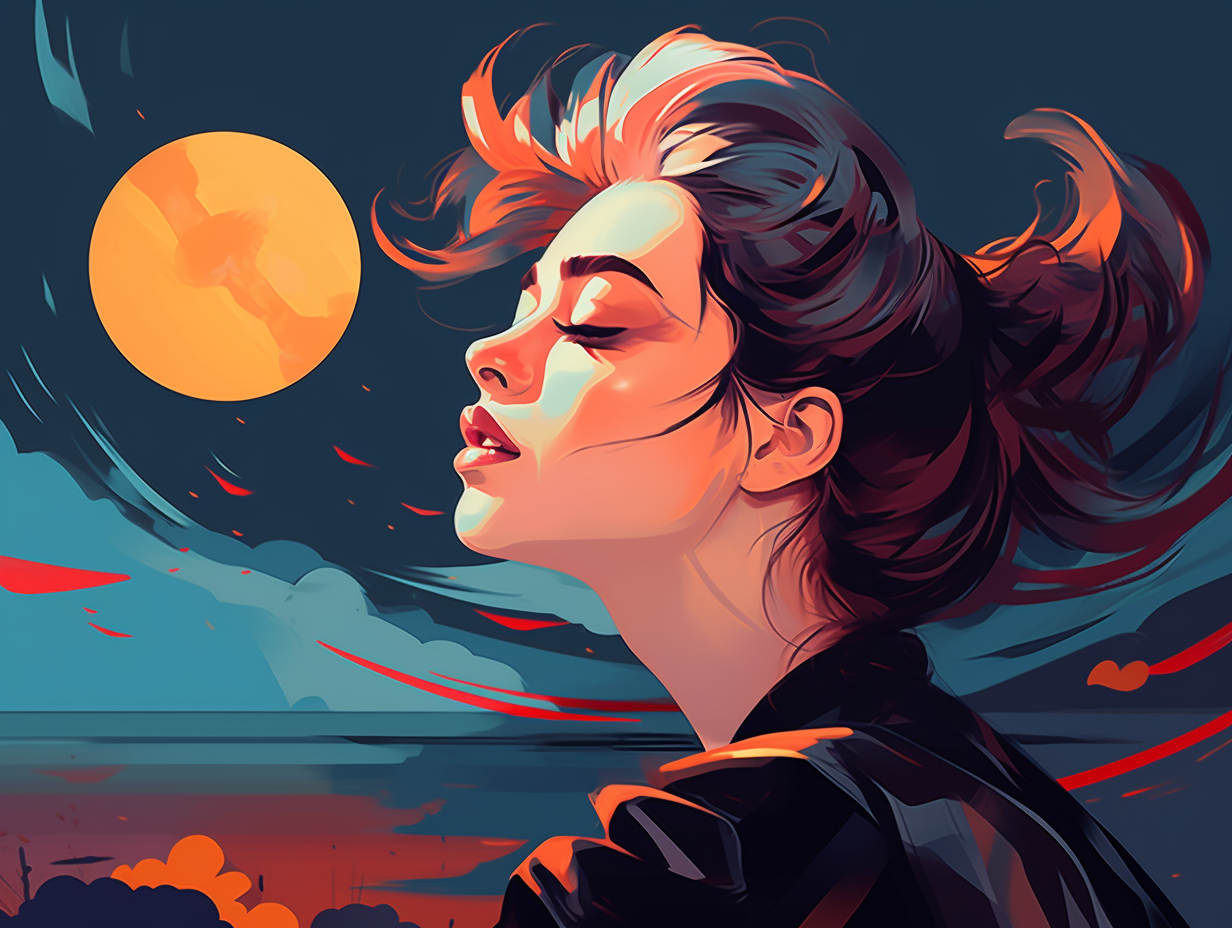
5. Animate Your Digital Masterpiece with GIFs
Who needs Harry Potter's moving pictures when you can charm your own digital art into animated life: With a simple eight-frame animation, you can transform your artistic creations into shareable GIFs for social media platforms like Instagram and Facebook, giving your masterpiece seamless motion by repositioning, resizing, or rotating various elements of the piece. Digital art's realm of possibilities ranges from a fleeting one-second flicker to a mesmerizing one-hour saga!
Source => blog.society6.com
6. The Digital Art Love Triangle
Ever heard of a digital art love triangle? That's right, when it comes to digital masterpieces, 3D animators, 3D modelers, and programmers are like PB&J, or Sonny and Cher... and, well, a third-wheel conductor: In a harmonious relationship, animators make motion magic, modelers sculpt the scene's superstars, and programmers keep everything running smoothly behind the curtains. Together, their collaboration is a secret sauce for pixel-perfect greatness.
Source => usv.edu
7. Roller Coasters and Virtual Reality
Roll up, roll up, daredevils and thrill-seekers! Prepare to embark on a wild, steel-alicious journey with a very European twist, filled with loopty-loops, gargantuan drops, and guaranteed screams of joy – or terror: Over 50% of the steel roller coasters crafted by the European Steel Roller Coaster Industry (ESRCI) reside beyond European borders, with the USA being their most eager adopter. As this exhilarating industry gains more momentum, countries like China, Turkey, and India are eagerly hopping aboard the coaster craze. And, what's more, these steel kings of the amusement park are breaking new boundaries by incorporating virtual reality (VR) technology to take riders on an unforgettable, adrenaline-pumping, digital art extravaganza!
Source => researchgate.net
8. The Rapid Rise of NFT Market
Ready for a digital delight that will knock your pixels off? The NFT scene has gone from a wee virtual lemonade stand to a full-on digital supermarket within a blink of a screen: In just the first half of 2021, the global NFT market skyrocketed from $2.5 billion to $13.7 billion, welcoming a bonanza of digital art transactions and even watching a masterful creation by Beeple sell for a whopping $69.3 million at Christie's.
Source => sciencedirect.com
9. AI Art Generators and Text Prompts
Why did the artist cross the road? To avoid paying for years of art school, of course! In today's age of cunning creativity, AI art generators are painting a new path to artistic glory: With just a few clever text prompts, these brilliant bots can whip up anything from melodious music to captivating collages, using sophisticated algorithms and machine learning to weave together iconic styles and compositions, transforming everyday folks into digital Da Vincis sans the student loans.
Source => elegantthemes.com

10. NFTs: Pixel-Pushers and Gas Guzzlers
What did the NFT say to its environment critic? "I'm not just some pixel-pusher, I'm also a gas guzzler!": Despite requiring no physical materials, digital art contributes to environmental impact due to energy usage in its creation and distribution, with NFTs and blockchain technology generating significant CO2 emissions and increasing the digital art market's ecological footprint.
Source => artprice.com
11. When Art Meets Math: Fractal Art
When life gives you algorithms, make fractal art: This visually captivating form of digital art, achieved via fractal-generating software, creates dazzling images akin to natural wonders like leaves or snowflakes, thanks to their mysterious designs formed through an infinite loop of mathematical calculations.
Source => en.wikipedia.org
Related Fun Facts

